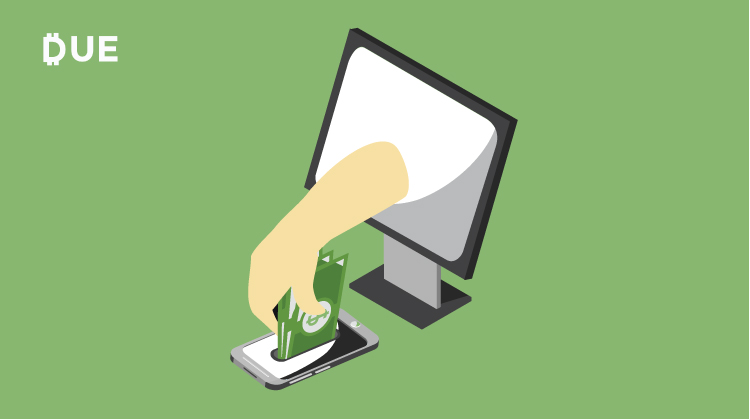Have you ever walked into a store and got asked if you’d like to sign up for their credit card during check out? Some of us might politely decline, while others may apply and take them up on the offer.
If you’d choose the latter, maybe it was because you liked the store’s products or the offer was too good to pass up. Either way, you made the company some extra money.
Customers who are presented with financing options are more likely to make a purchase. Why? Financing allows them to obtain the product or service they want at a more affordable price and pay for it over time.
While e-commerce financing is common among big businesses, it’s not when it comes to small businesses. So, should your small business have e-commerce financing? Let’s discuss this in detail along with how to offer financing and still stick to your business budget.
Table of Contents
ToggleConsider the Products and Services You Offer
So we know that offering finances can persuade more customers to buy from you. In fact, some sources claim that the average order size can increase by 120% for companies that offer in-house financing.
If you’re wondering should your small business have e-commerce financing, you can start by looking at your products and service offerings. More specifically, look at how you’re pricing things.
Do you have any high-ticket offers that would justify a financing program? How do your sales currently look? Have customer or clients mentioned that they don’t have the budget some of your offerings?
If you have high-ticket offers or sell a product or service over $300, you may want to consider offering financing.
Compare Fees For In-House vs. Third-Party Financing Programs
You have options when it comes to choosing your financing program. Some are available at no additional charge while other programs have a flat fee or offer a discounted rate.
If you accept payments and use PayPal, PayPal Credit is available to your customers who wish to pay for their purchase over time and all you have to do is pay your normal transaction fees. With this particular program, customers also have 6 months to pay for purchases over $99 interest-free and you get the entire purchase price amount upfront.
Blispay is another free credit option allowing you to offer e-commerce financing for purchases over $199. All you pay is credit card processing fees.
Financing companies that allow you to offer an in-house service may charge you a fee equal to 1% – 5% of the purchase price This fee is deducted from what you’d make on the sale so the more expensive the item, the bigger your fee.
Flat rate financing options cover unlimited transactions but you can expect to pay a flat fee of $40 to $50 per month on average. Be sure to consider how much you’re selling and the profit you could be bringing in after the fee is deducted.
Consider Costs and Risks
Offering e-commerce financing is not all reward and no risk. While 75% of shoppers prefer to use companies that have financing options, this doesn’t mean that everyone will pay their bill with no issues.
Sure, you’ll be able to collect interest payments but there’s a risk that some customers may default or not be able to pay back their purchase. You can screen each applicant to determine their credit history but there’s still a chance that something could go wrong so have a financial backup plan.
Some programs will pay you the entire purchase price amount right away which is nice, but try to keep a cash cushion in place until the customer pays off their bill in full.
Also, realize that you may need to hire more people to handle the customer financing accounts and follow up for payments if you don’t use a system that does this automatically.
Summary
If you’re wondering ‘Should my small business have e-commerce financing?’ realize this is a choice that needs to be made after careful thought and consideration. Financing may help your business make more money, but it has to be the right option depending on your products, services, and the current financial state of your business.
Realize it’s not all about collecting interest payments and making more sales. You still have to deal with risks, fees, and may need to hire more team members to help you manage everything.















